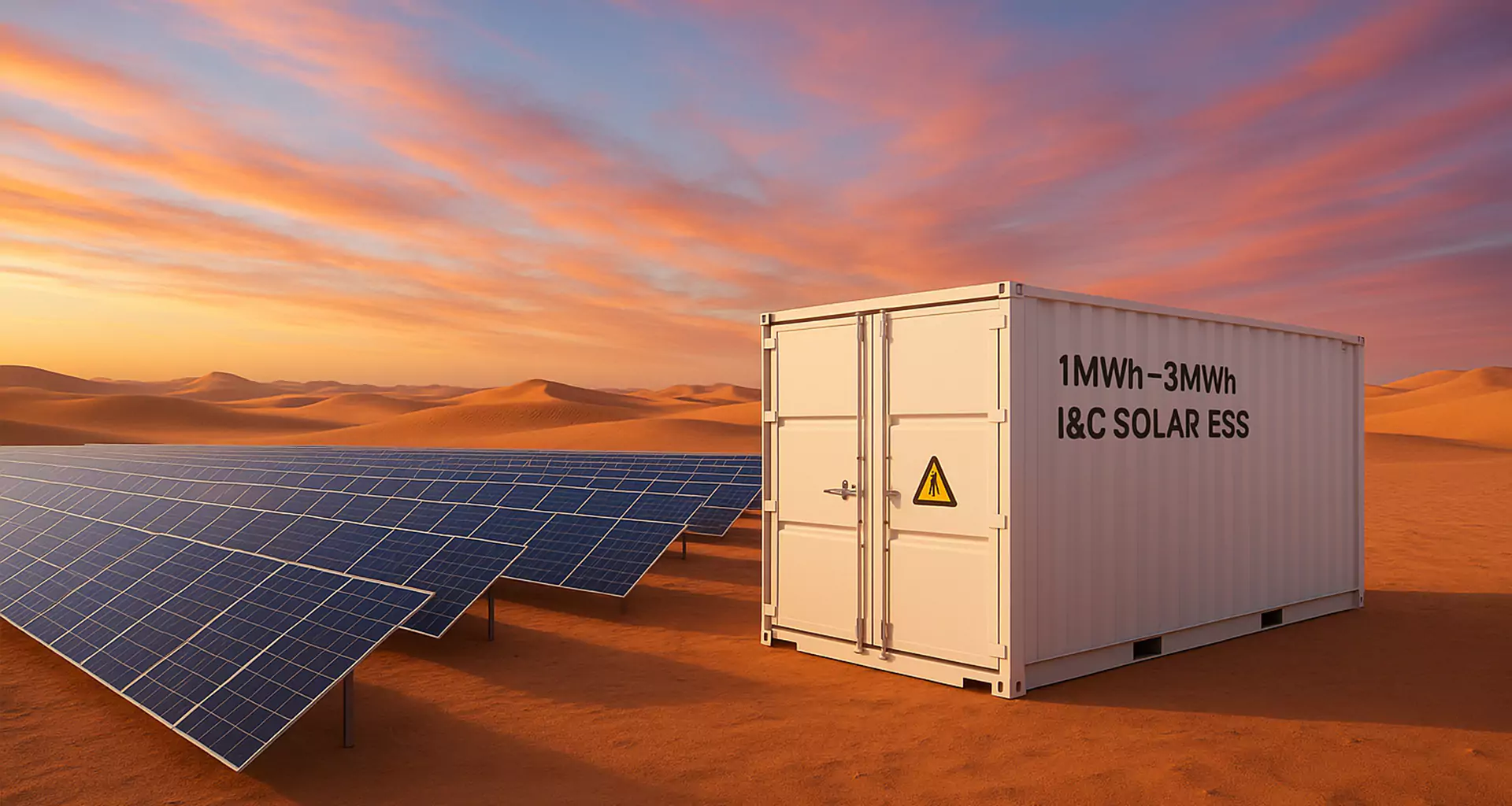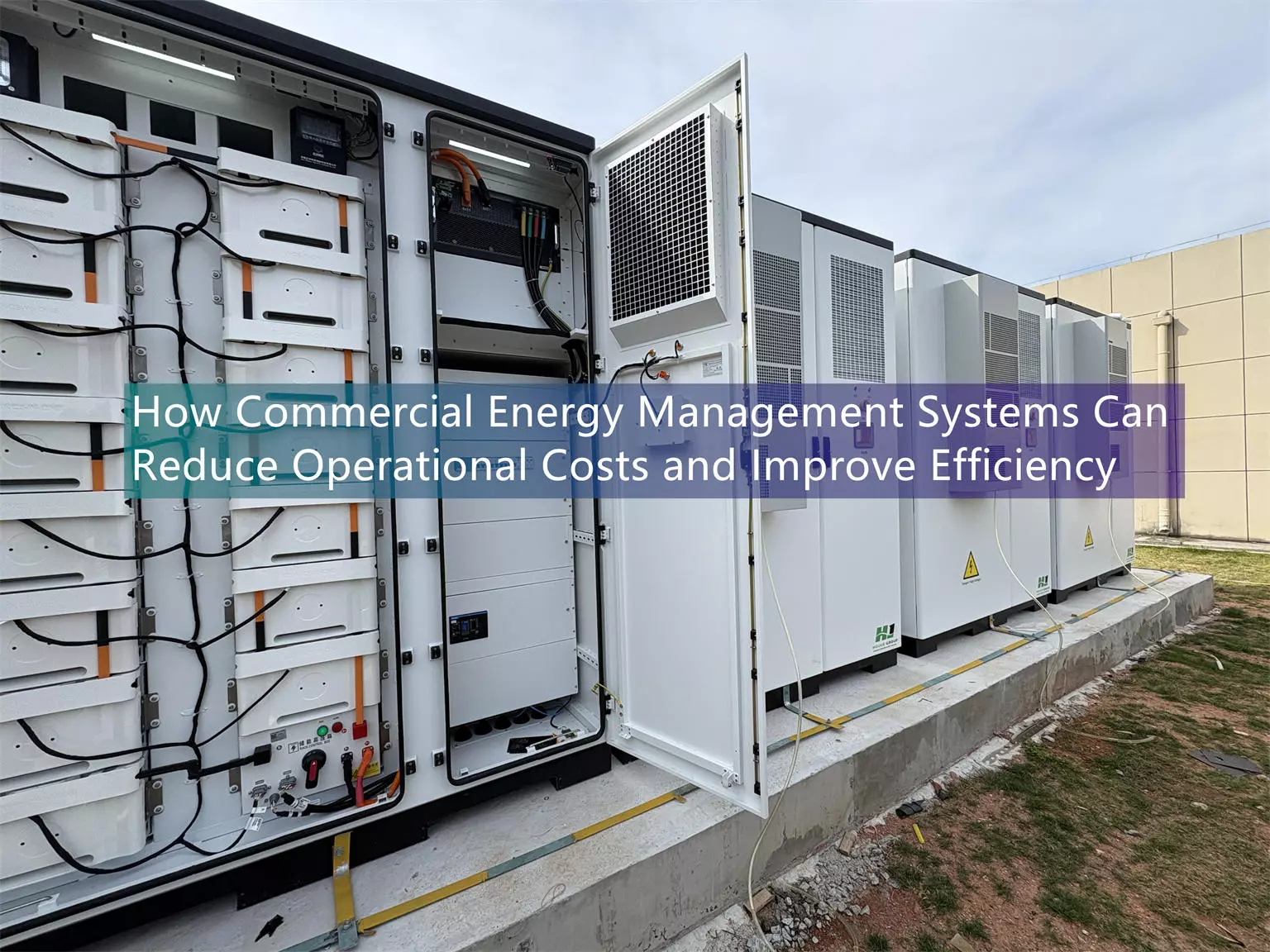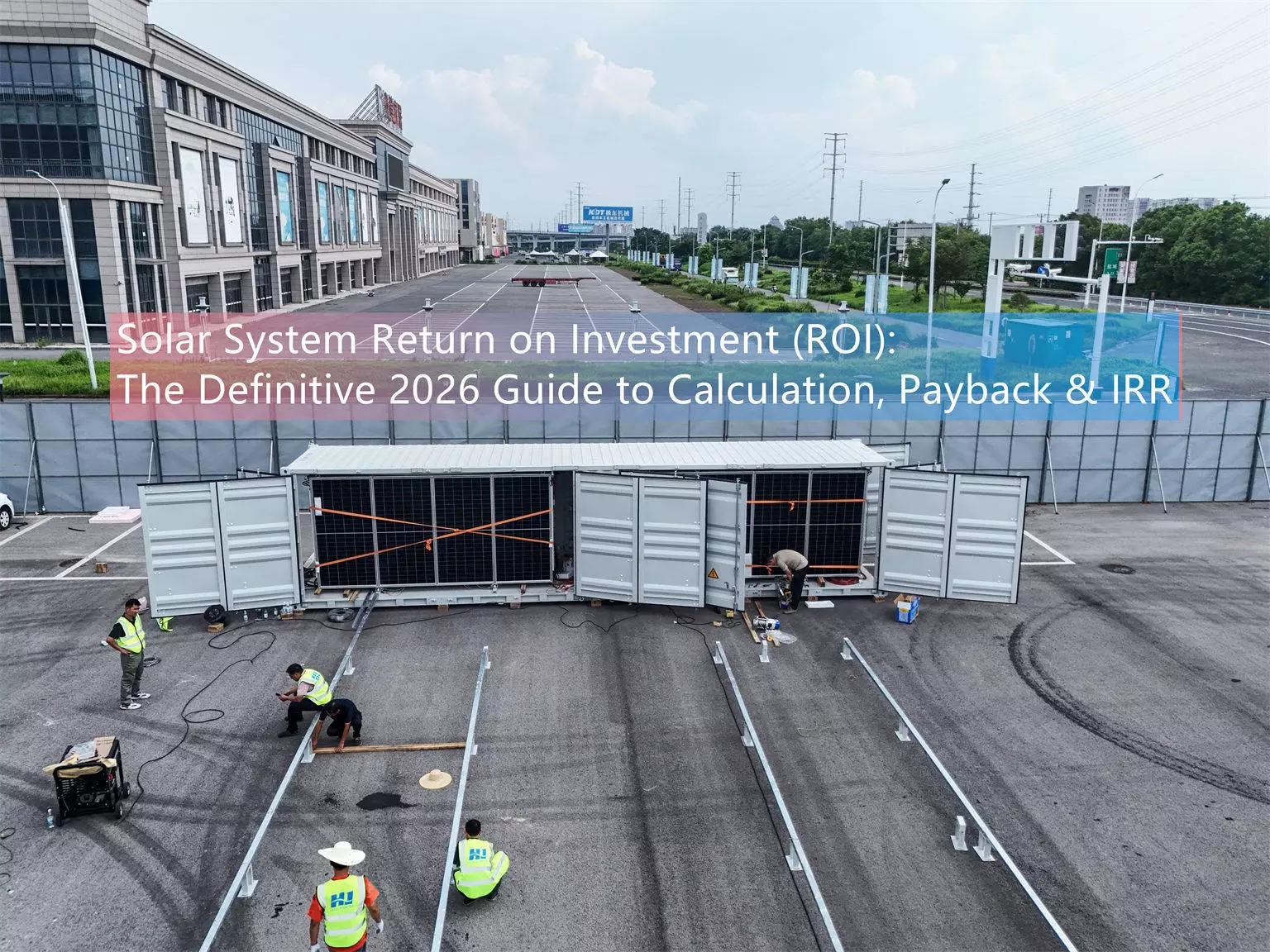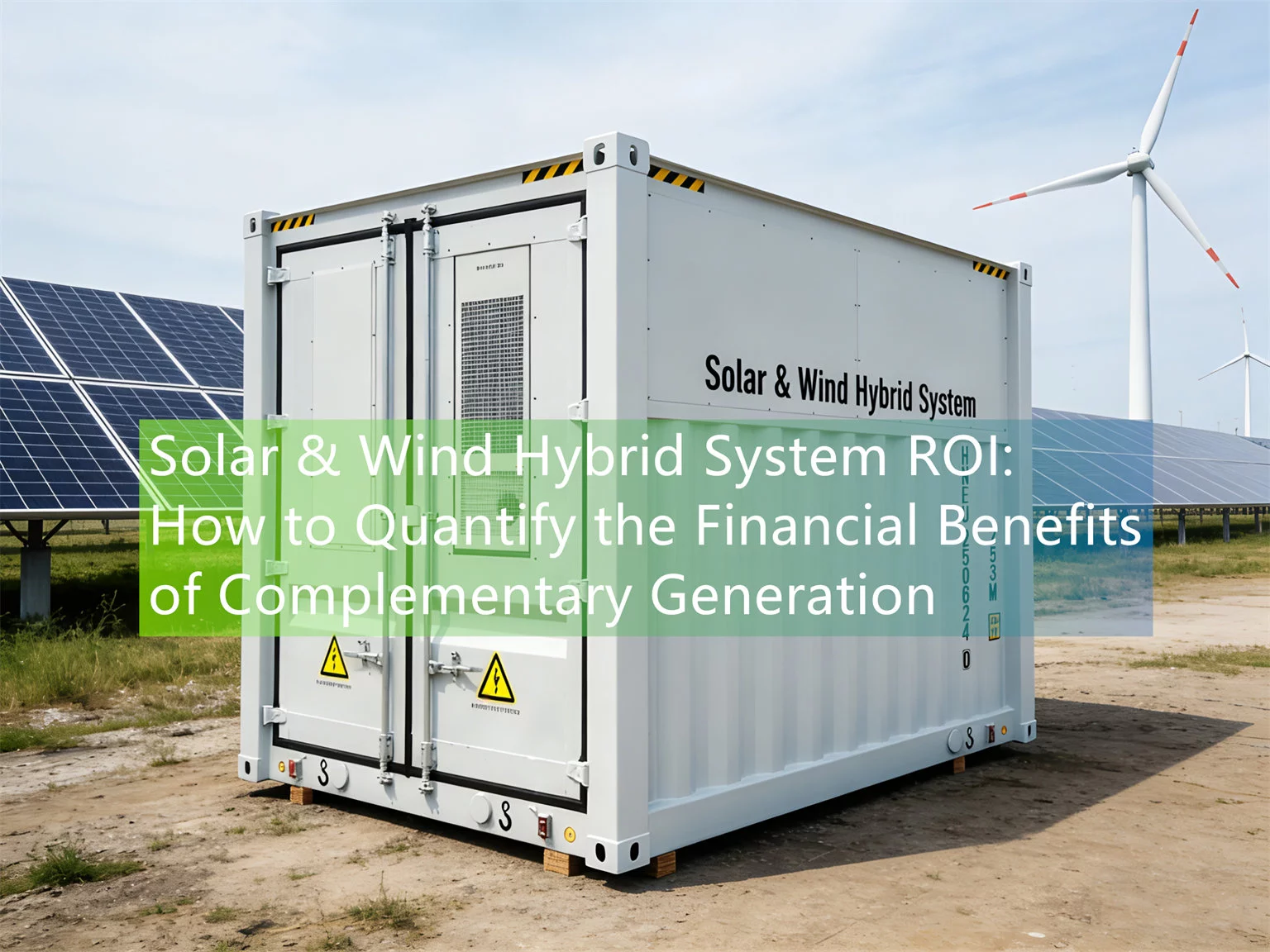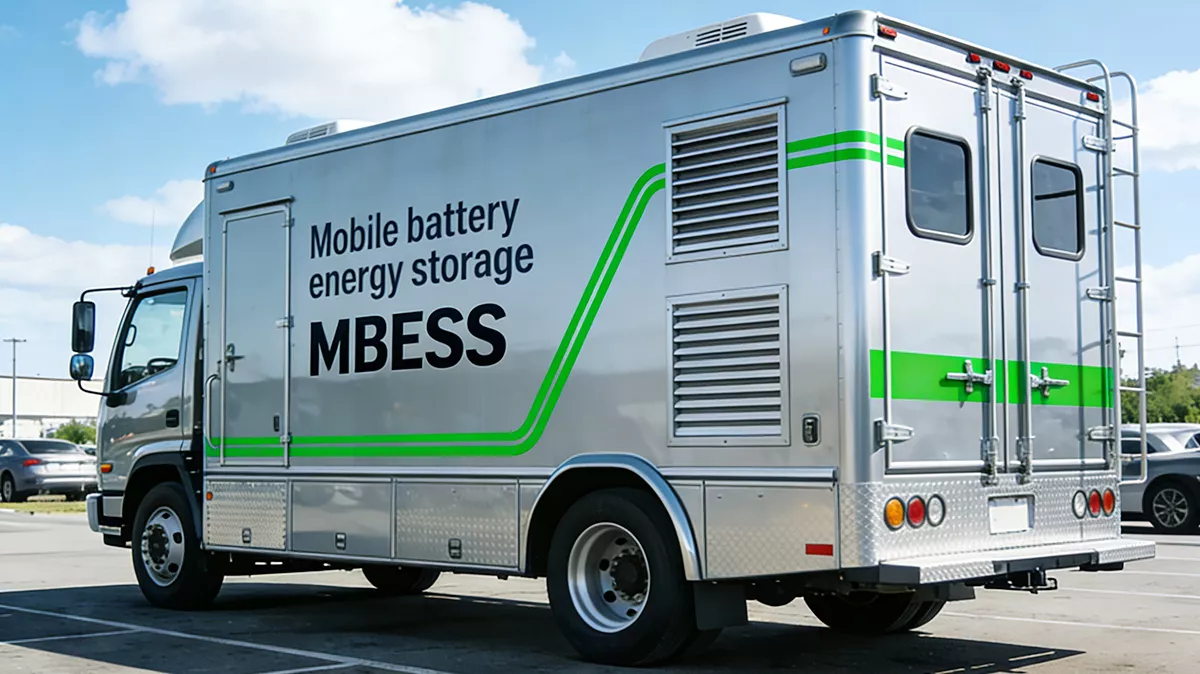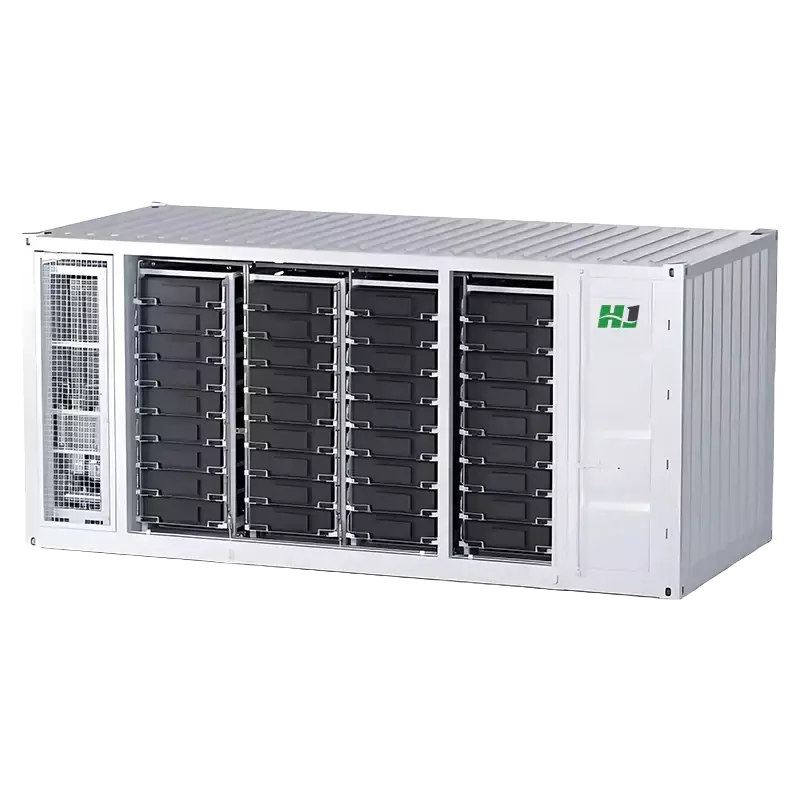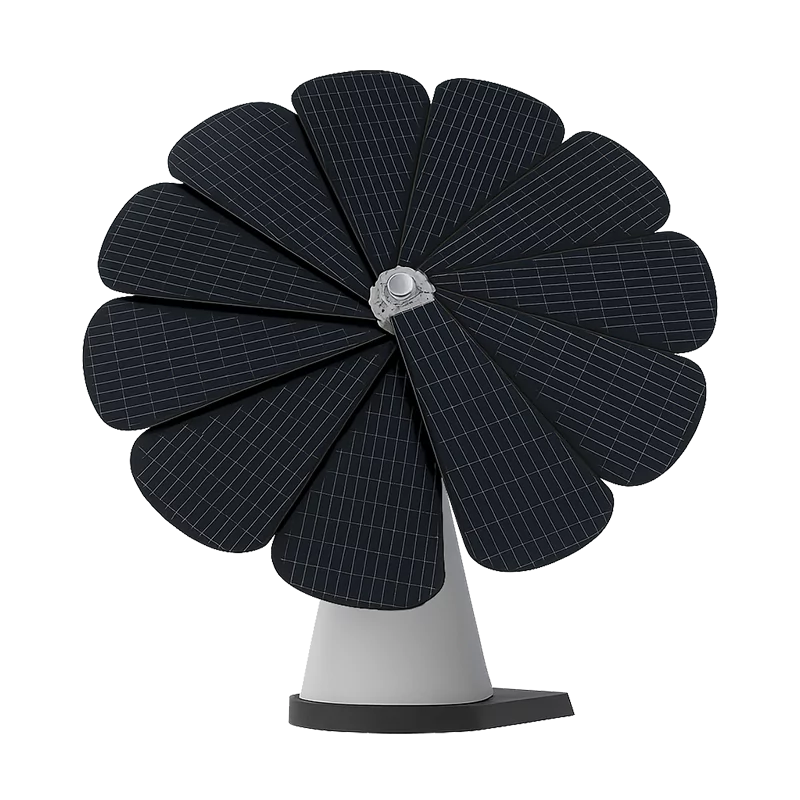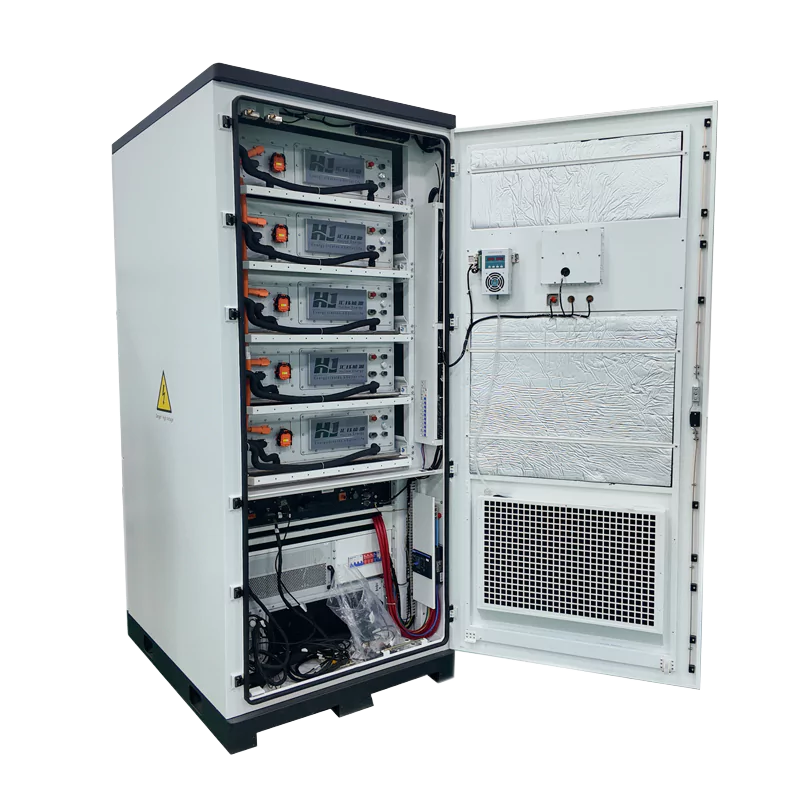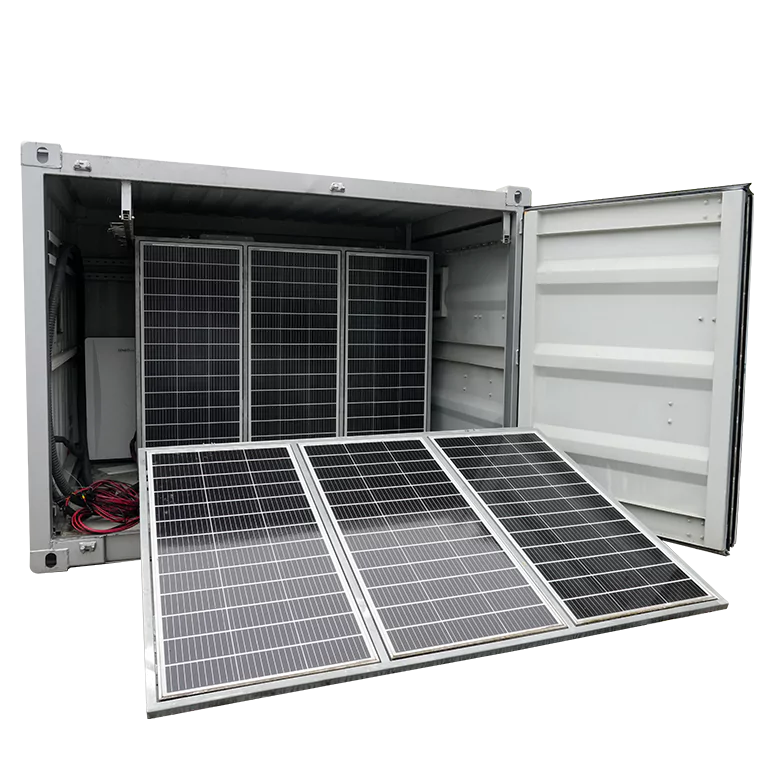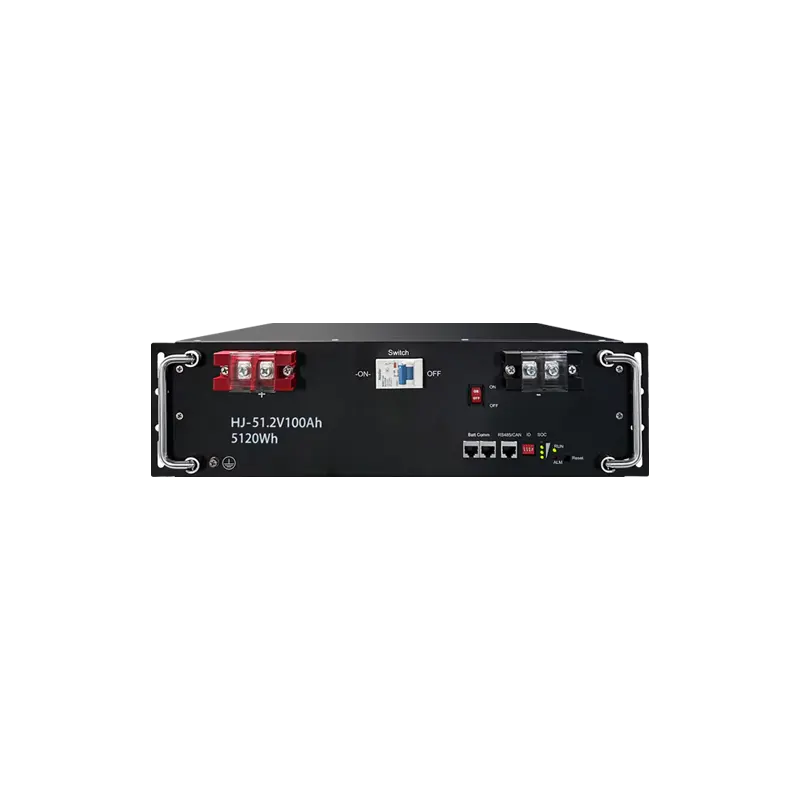New Fuel Cell Innovation Could Power the Future of Electric Aircraft
As electric transportation advances at an unprecedented pace, a new innovation from MIT researchers could transform how we power next-generation electric aircraft, drones, and other energy-intensive mobile platforms. In a breakthrough study, MIT researchers create sodium-air fuel cell for electric transportation, offering a lightweight, high-energy alternative to traditional lithium-ion batteries.
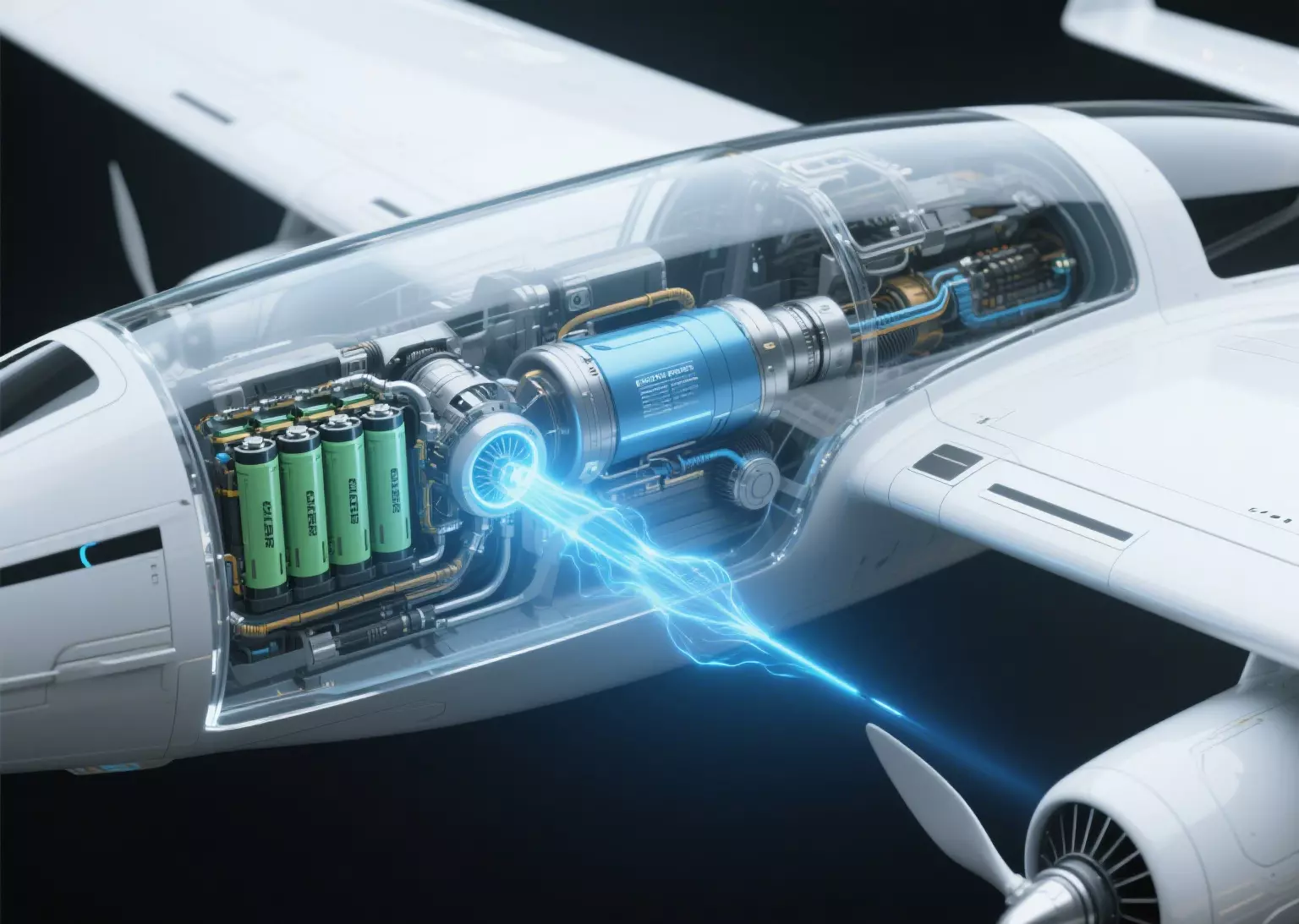
A Revolutionary Leap in Energy Density
The design of the sodium-air fuel cell is totally unlike traditional batteries. Rather than storing energy chemically and having the long recharge time, this system functions more like a fuel cell—it is re-filled, not re-charged. As reactants, it utilizes molten sodium metal and atmospheric air, producing electricity without carbon emissions but with high energy density.
Lithium-ion batteries today top out at about 300 Wh/kg, which is below electric aviation’s requirements. MIT’s sodium-air fuel cell has demonstrated energy densities of over 1,500 Wh/kg at the cell level and over 1,000 Wh/kg at the system level—three times the capacity of today’s EV batteries. Regional electric planes, which account for most short-distance flights and much of airplane emissions, could be made viable by this breakthrough.
Technical Highlights of the Sodium-Air Fuel Cell
The core system is composed of:
- High-temperature ceramic electrolyte membrane for ion conduction
- Porous air electrodes to facilitate the oxygen-sodium reaction
- Liquid sodium metal as a safe, low-cost fuel
- Stackable module design, allowing scalability for multiple applications
The fuel cell is being prototyped in two configurations—H-cell vertical tubes and horizontal tray modules—demonstrating flexibility in design and use cases. A commercial version may feature refillable sodium cartridges that can be swapped in minutes, significantly reducing downtime.
Mobile Energy Storage Solution for Multiple Scenarios
Though initially developed for aeronautics, the technology of sodium-air fuel cells is very versatile and can be used in a very broad range of mobile energy storage and emergency power uses. Through its container-based modular design, the system can very simply be converted to:
- Disaster relief and off-grid power supply
- Remote scientific exploration
- Field military operations
- Heavy-duty electric trucks and marine shipping
- Mobile EV quick-charging stations
Take, for instance, a 40ft or 20ft energy shipping container, which is equipped with high-density sodium-air fuel cells and has the potential to provide up to 1 MWh of usable power. These units can be installed in severe environments where grid connectivity is unavailable or unreliable.
Cost Efficiency and Environmental Impact
One of the key advantages of this innovation lies in material availability and affordability. Sodium is abundant, easily extractable from seawater (as sodium chloride), and far less geopolitically constrained than lithium or cobalt. This makes sodium-air systems substantially cheaper to manufacture and scale.
Moreover, the byproducts of the fuel cell—primarily sodium oxide and sodium bicarbonate—are not only non-toxic but actually absorb CO₂, creating a net negative carbon footprint. This passive carbon capture functionality adds another layer of environmental value.
Price Advantage and After-Sales Service
Compared with traditional lithium-ion battery systems, our containerized sodium-air fuel cell units offer 25–40% lower lifecycle costs, especially when factoring in extended operating lifespans and minimal degradation. The total cost of ownership (TCO) is dramatically reduced through:
- Modular refueling cartridges, cutting maintenance time
- Remote monitoring systems, enabling predictive analytics and failure prevention
- 24/7 after-sales technical support, including on-site installation, training, and system upgrades
- Warranty up to 10 years, ensuring long-term confidence
A Glimpse into the Future of Electric Transportation
While MIT researchers plan sodium-air fuel cell for electric aviation, they are not only solving electric aviation’s energy density issue but are also opening up new avenues for grid-independent solutions for power. By bringing our high-end battery storage technology into this system, we are able to provide total turnkey solutions—combining solar, fuel cell, and energy storage—to meet the evolving demands of energy resilience.
Irrespective of your activity in the fields of aviation, transportation, disaster restoration, or rolling out renewable energy, our customized containerized energy storage can help you with the next step in creating sustainable and independent energy.
Interested to learn more about containerized battery energy storage systems?
Contact us today to learn how our technology can serve your mobile energy requirements.
Find Your Solar + Battery Storage Specialist Now!
* Fill out this form and our experts will help you find the perfect solar storage solution for your home or business.


